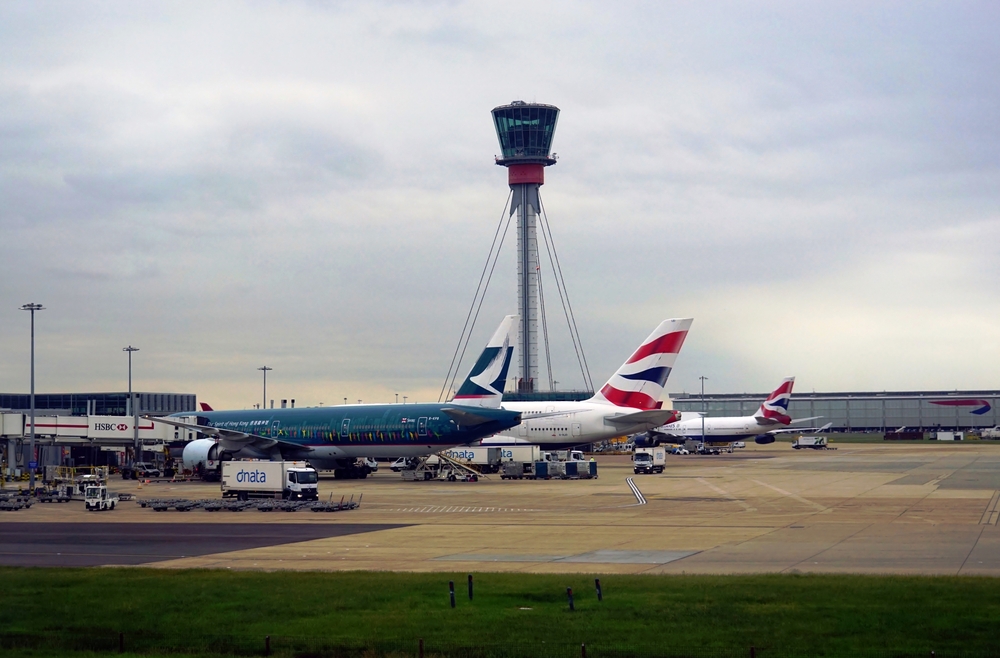
What determines the scope of a move to cloud? We can talk about IaaS and PaaS that but ultimately it’s not a question of technology: it’s about the business case.
In August, air traffic control organisation NATS opted for a cloud-based virtual desktop infrastructure, a move that necessitated a complete overhaul of its IT infrastructure.
We were curious as to what prompted an organisation like NATS decide to make such a radical move as a cloud-based virtual desktop infrastructure? We asked them about the processes involved and will be following the project over a few months to get an understanding of how tricky the project has been.
We were interested in why NATs made such a change. And how did the business leaders know what to ask for?
There’s a simple answer to this, says Gavin Walker, the director of IS at NATS, the national air traffic service, “They didn’t.”
But that’s not to say that the business leaders within the organisation can’t contribute to process of choosing technology: quite the reverse in fact. “Everything is determined by business need,” says Walker.
In some ways that’s a consequence of the way that the IS organisation is structured. “IS is an IT-light organisations that is very customer-focused with few IT people. This means that we outsource our requirements to partners,” he says.
Sign up today and you will receive a free copy of our Future Focus 2025 report - the leading guidance on AI, cybersecurity and other IT challenges as per 700+ senior executives
This multiplicity of outsourcing deals means that managing the IS demands is more of a question of managing SLAs and keeping the suppliers working well together. The system was working well. “We had plenty of satisfied customers, with good delivery” says Walker.
However, the organisation was faced with some tough challenges. Like many organisations, there was a need to strengthen the bottom line and make some cost savings but NATS IS also had a unique problem. Information Services had to serve two masters: NERL and NATS both with two very different, in fact, competing demands.
NERL stands for NATS En Route Ltd, a regulated service whose brief is to control planes over the UK airspace. It is regulated by the CAA who control the charges that NERL can make. Given the nature of the business, it’s traditionally required a heavy amount of capital investment to ensure that it’s able to meet its demands.
The other division in NATS is NSL (NATS Services Ltd). In contrast, this is an unregulated business that competes to provide services to other airports. Indeed, the company recently won business to provide services in Spain.
“Because one division required heavy capital investment and one didn’t, it was difficult to draw up a plan for growth that encompassed both sides of the business,” says Walker,“a one-size model doesn’t fit.”
NATS was happy with the way that it was running its businesses but there was room for some improvement. “We’ve done well to minimise NSL costs,” says Walker, but we needed to go further and there was only so much we could do with the way that organisation was structured. You can tweak your suppliers to perhaps get better costs, but that didn’t go far enough.”
NATS took some guidance about which future direction it should be going in but there were some strong hints as to what that should be “We went to the Gartner Symposium and everything there was about cloud.”
But, this wasn’t about what trendy technology, it was about what technology best fitted the business needs of NATS to enable to keep costs down and provide a strategy for growth – one that fitted both sides of the business.
Walker says that a key part of this process was the need to get buy-in from all the executives involved from the CEO to the engineers in the field. “We couldn’t sell it as a technology, we introduced it as a change management programme that would deliver product and efficiencies.
We used Gartner on the research but ultimately, the vision has come from the business not from the techies in the dark room.”
Work around this business vision took a long time to complete, “about a year,” says Walker, although the key part was finished in three months.”
Around the time this process was getting under way, NATS acquired a new chief executive. This could have been an obstacle to the business but Walker points out that he understood what we were doing very quickly. “
As a result of this process, the company opted for a cloud-based virtual desktop infrastructure but choosing it and implementing it are two different things. We’ll learn more about this in the next instalment.
ITPro is a global business technology website providing the latest news, analysis, and business insight for IT decision-makers. Whether it's cyber security, cloud computing, IT infrastructure, or business strategy, we aim to equip leaders with the data they need to make informed IT investments.
For regular updates delivered to your inbox and social feeds, be sure to sign up to our daily newsletter and follow on us LinkedIn and Twitter.



